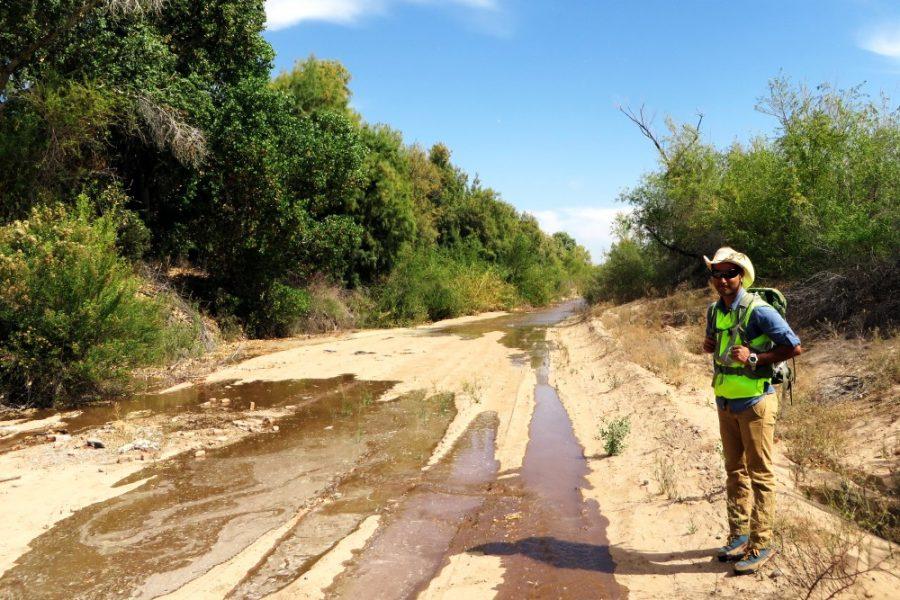UA scientists have joined forces with a binational team to help rejuvenate the Colorado River delta through an engineered flood.
A pulse of water was released down the Colorado River to flood water into the delta. The delta is an area which has become completely dry, as shrubs have replaced water. The delta only receives water in years when floods are unusually large.
“The intent of this [pulse flow] is to try to help reconnect the river to the ocean and help the native species’ habitat that are along the banks of the river,” said Jack Simes, a spokesman for the Bureau of Reclamation.
The pulse was released mid-March, making its way to the Morelos Dam on the U.S.-Mexico border, Simes said, where on March 23, one gate was opened and on March 27, all gates were opened. The water has now made its way to Mexico, several miles past the community of San Luis Río Colorado, Sonora, and is working its way south. The pulse flow is 105,392 acre-feet of water and is planned to last for about eight weeks, until May 18.
“This amount of water would fill about 52,000 Olympic-size swimming pools for comparison,” said Jim Leenhouts, associate director and investigations section chief for the U.S. Geological Survey Arizona Water Science Center.
The engineered flood is a result of the new agreement made between the U.S. and Mexico regarding water management between the two countries, according to Karl Flessa, UA professor of geosciences and co-chief scientist of the monitoring effort.
“This is the first time that Colorado River water has allocated environmental purposes in Mexico, and this is a consequence of the new agreement,” Flessa said.
This agreement is in support of Minute 319, part of a treaty between Mexico and the U.S. that establishes new rules in sharing Colorado River water. Minute 319 sets the criteria for the sharing of future water shortages and allows the storage of Mexican water in Lake Mead.
The team monitoring this project includes not only scientists from the UA, but also from the Universidad Autónoma de Baja California, the U.S. Geological Survey, the U.S. Bureau of Reclamation, The Nature Conservancy, the Sonoran Institute and the Pronatura Noroeste.
Flessa said that the team hopes to learn how to allocate water efficiently for the purposes of natural restoration.
“For restoring natural habitats, we need to learn how to apply water at the right time and right place,” Flessa said, “water of the right quality, so it does the most good with the least amount of water.”
Leenhouts described the engineered flood as a unique opportunity for the scientists.
“There has never been an intentional release like this,” Leenhouts said.









